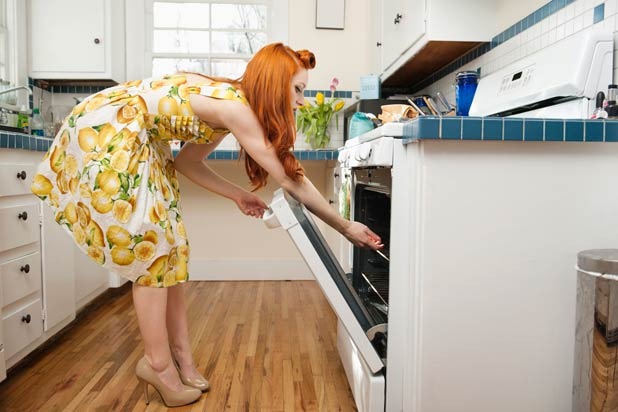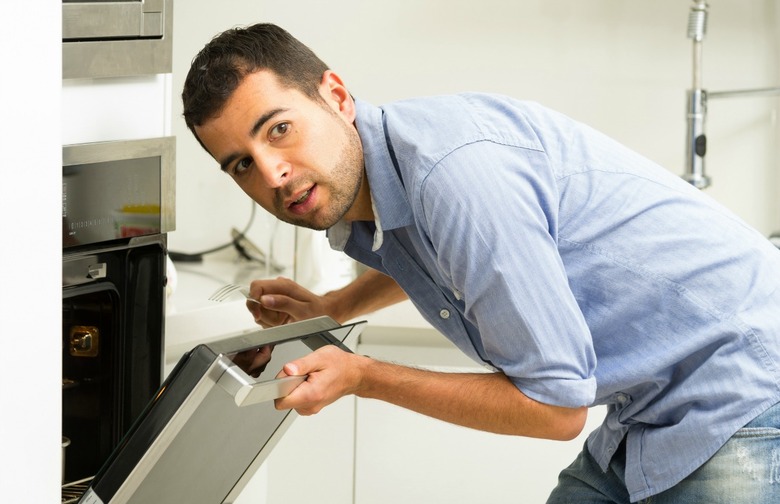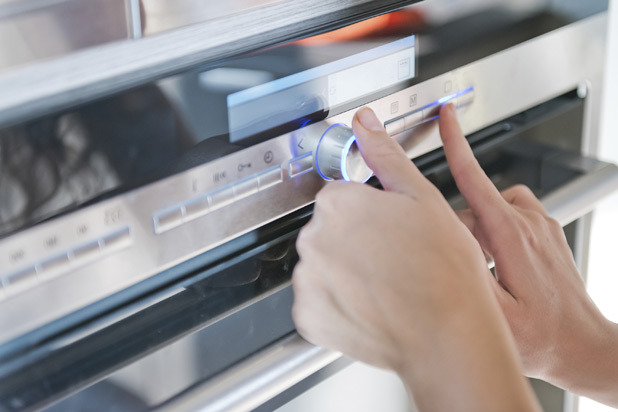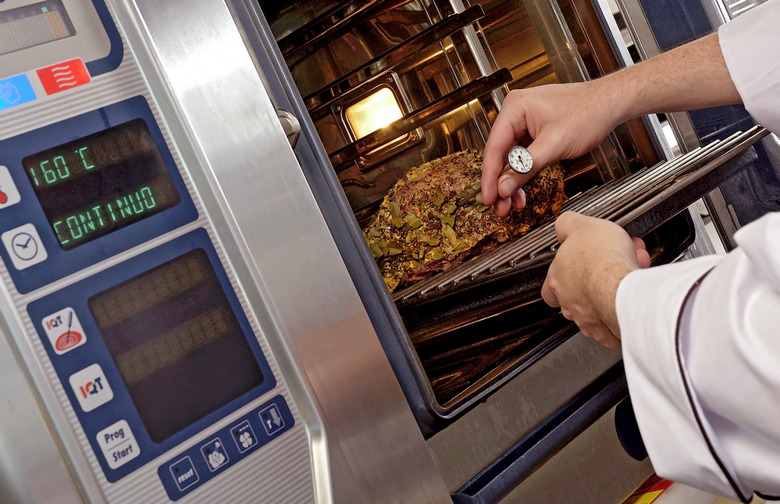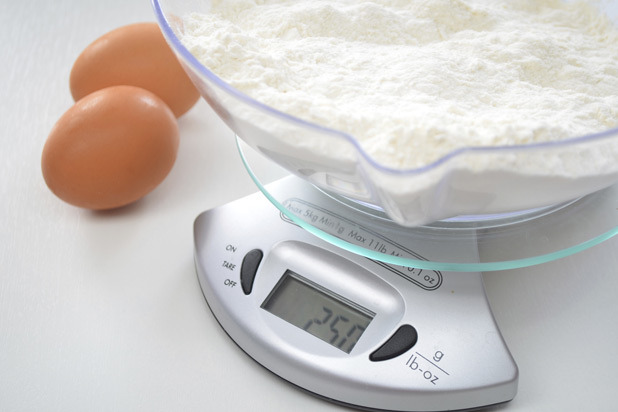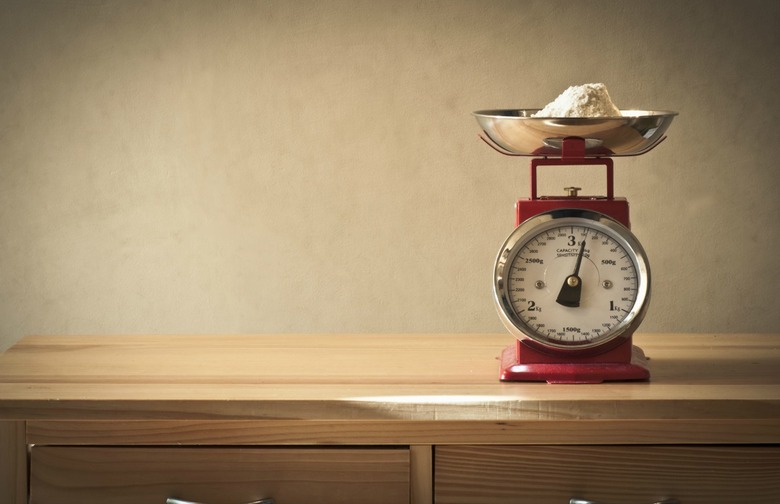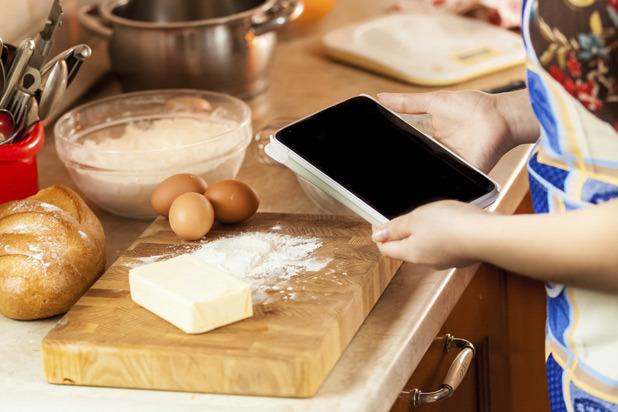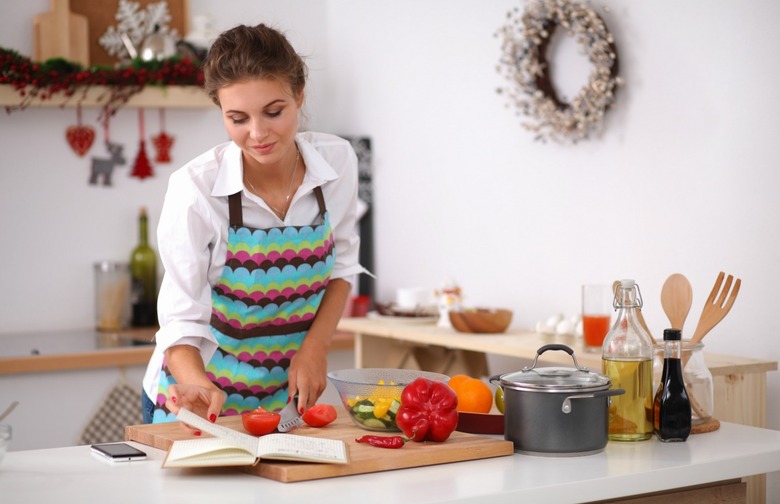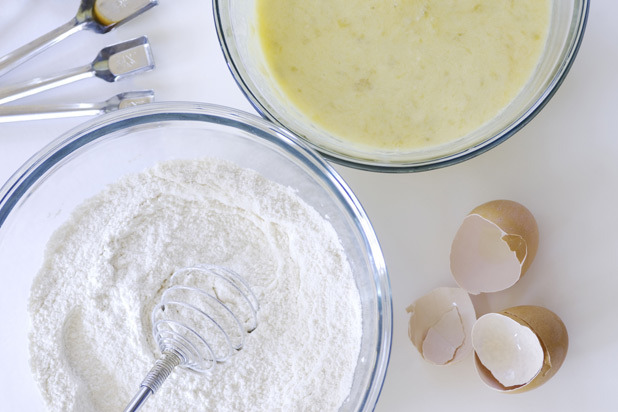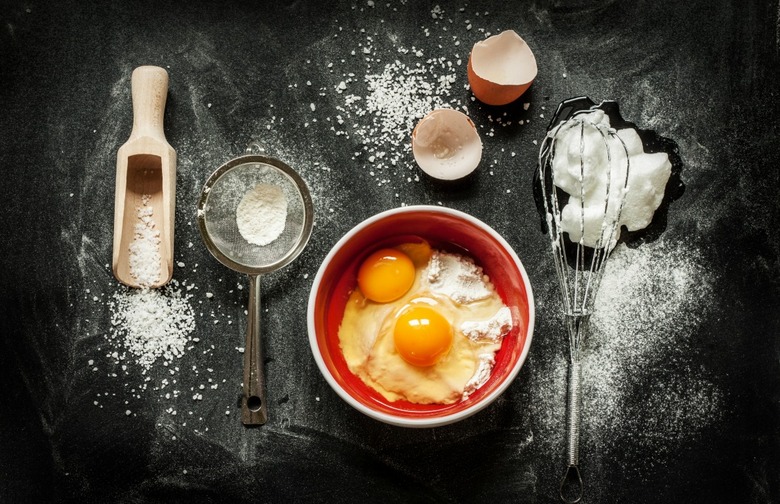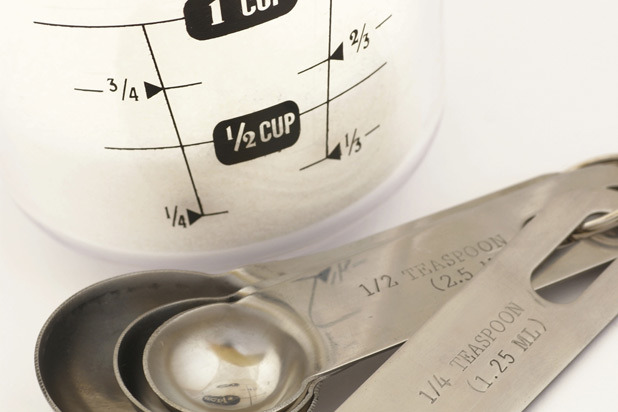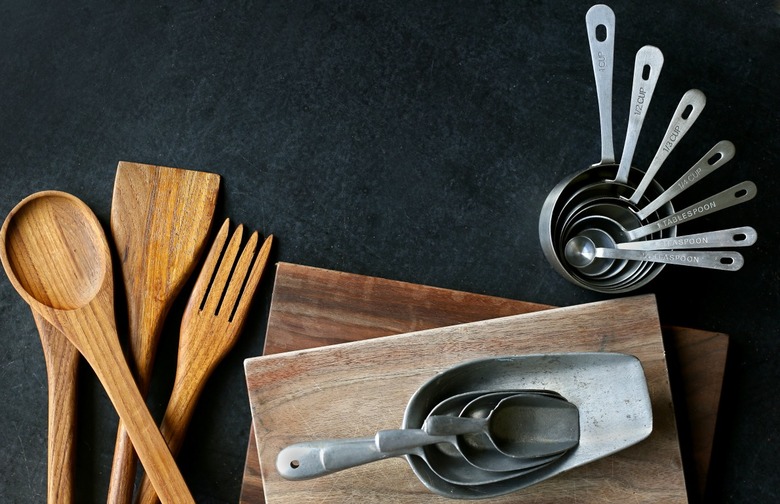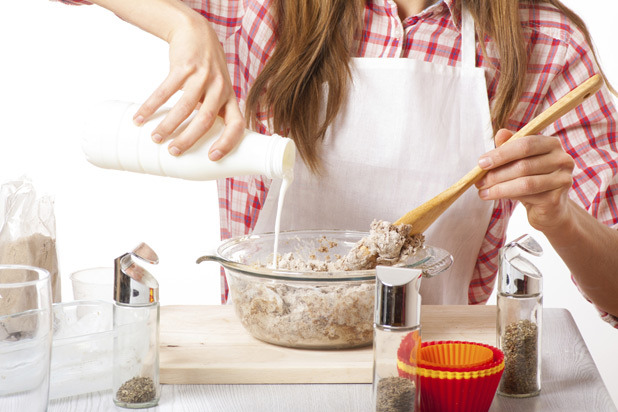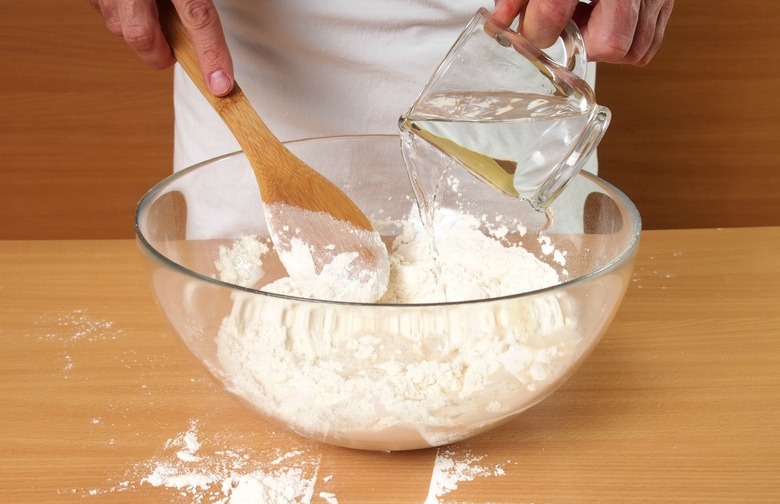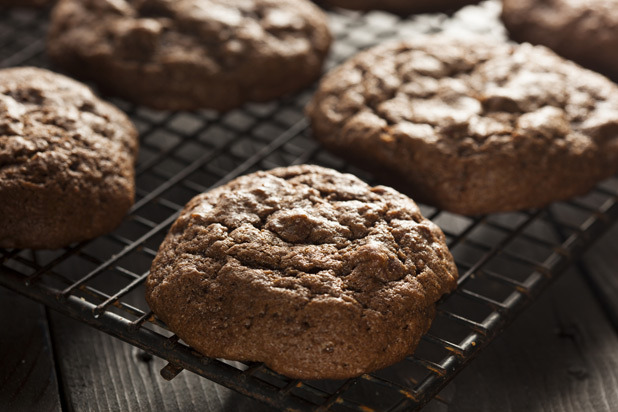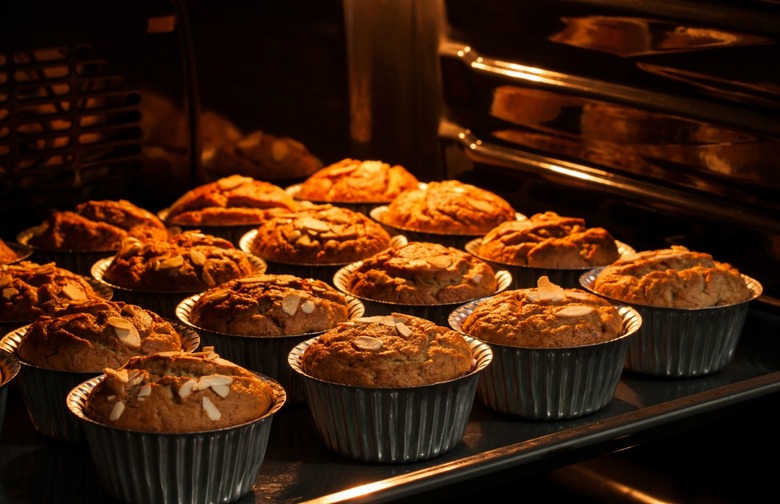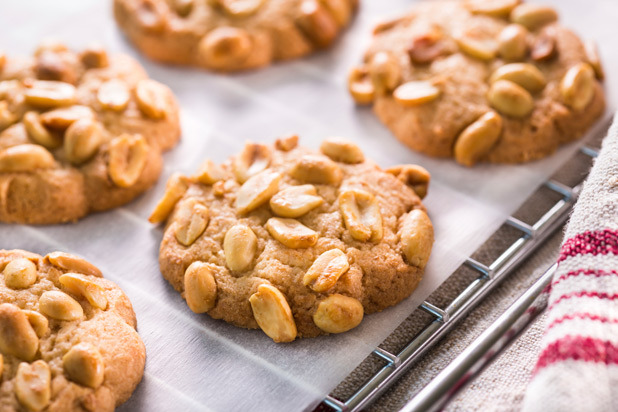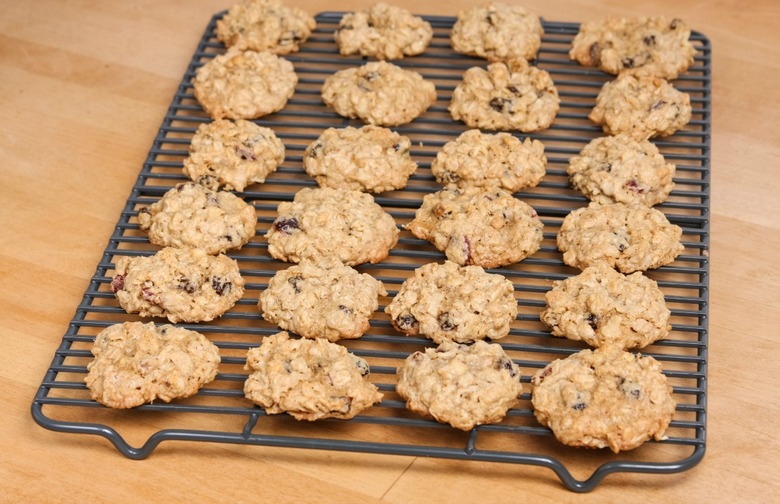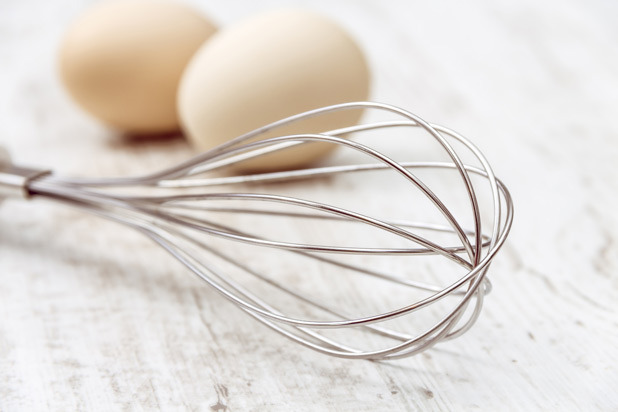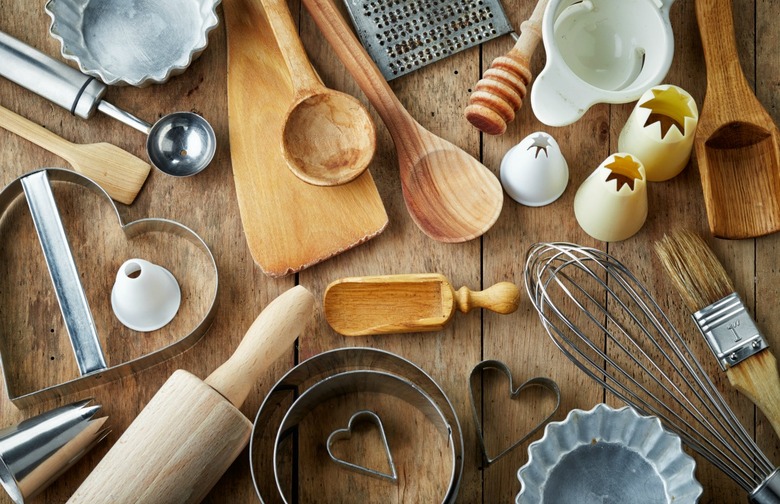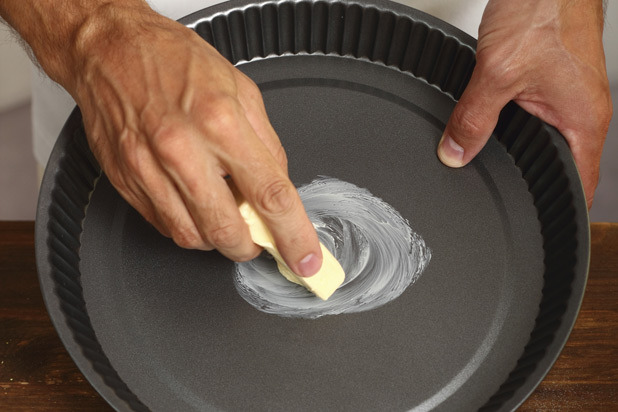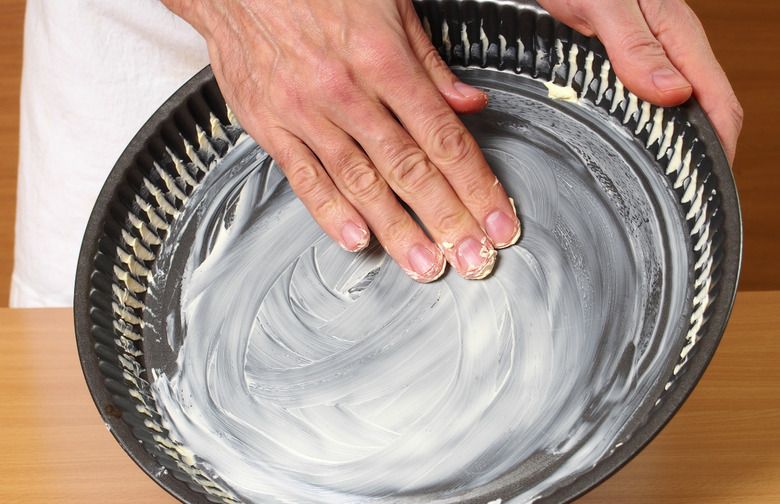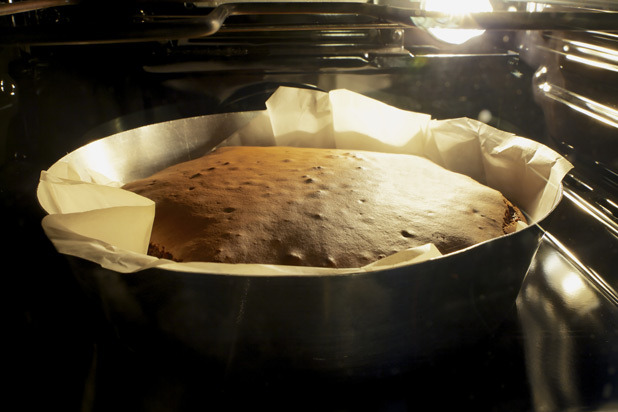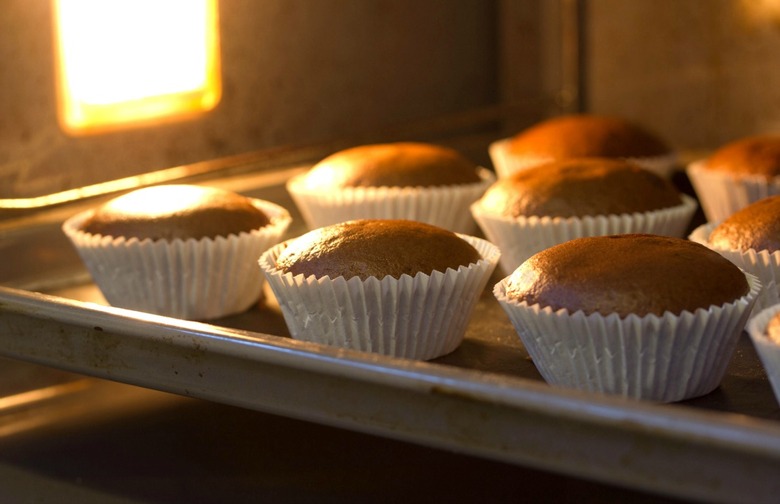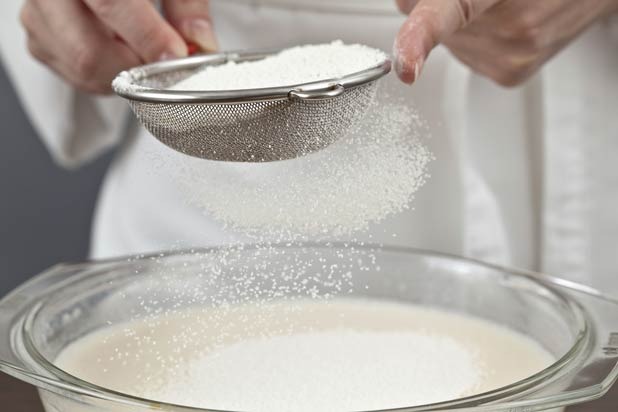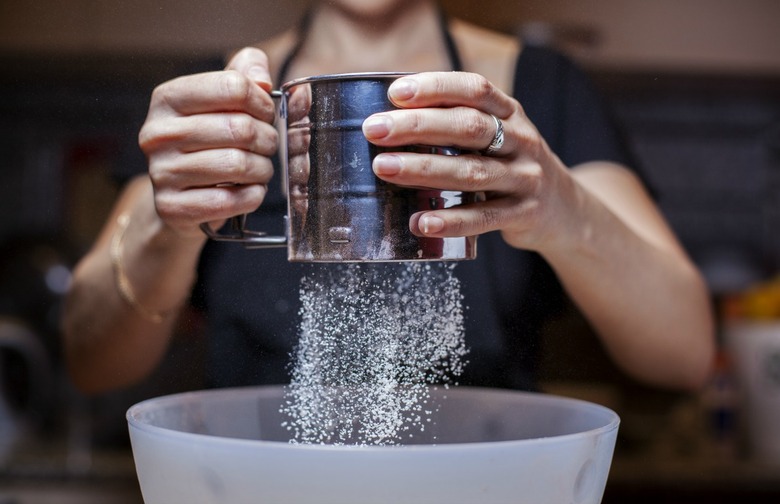13 Common Baking Mistakes And How To Undo Them (Slideshow)
All too often a fun weekend baking project turns into a stressful battle in the kitchen. There are some easily avoided mistakes we can help you correct so you can make baking a more productive and enjoyable activity.
Opening the Door of the Oven
Checking on your baked goods is fine once or twice (unless we're talking soufflés), but opening the door too many times alters the temperature of the oven and disrupts the cooking process.
How To Fix It
Skip opening the door altogether and use the oven light and window, or practice some restraint, because all that opening can lead to sunken baked goods.
Wrong Oven Temperature
Unless you have a perfect oven, your oven temperature will be slightly off. Although these differences are generally not too drastic, it may be the difference between a fully baked cake and something still sticky in the middle.
How To Fix It
Get an oven thermometer so you can adjust cooking time to your oven's quirks.
Measuring Flour Wrong
Scooping flour with a measuring cup straight from the bag is super easy, but it's not correct.
How To Fix It
Use a spoon to scoop into measuring cups (aerating the flour) and a flat surface to even it out. Don't bang the measuring cup on the table either. This all affects how much flour is actually going into whatever you're baking.
Not Reading Through the Recipe
You're halfway into the recipe when you realize the dough has to rest for five hours, even though you're supposed to serve it in three hours.
How To Fix It
Reading through the recipe helps prepare you for both how long it will take from start to finish, but also tricky ingredients or tools that you may not have in the house.
Eyeballing Measurements
Unless you're a seasoned baker or have prepared a certain recipe hundreds of times, there is no room for guessing in baking.
How To Fix It
Take the time to measure out the precise amounts the recipe calls for.
Using Dry and Liquid Measuring Cups Interchangeably
There's a reason there are two types of measuring cups.
How To Fix It
Using the correct measuring cups increases accuracy, which will improve your baking. Also, liquid measuring cups often have little spouts, which are important if you don't want spills.
Over-Mixing Dough
It may seem most efficient to crank up the speed of your stand mixer, but it ends up over-mixing the dough, which activates the gluten and makes your brownie and cake batters too firm and chewy.
How To Fix It
Slow down the speed of the mixer and, for most recipes, mix just until the batter is combined.
Not Resting Baked Goods
Rest hot baked goods for a little bit before taking them out of the pan and/or frosting them.
How To Fix It
They'll be more stable after resting, and you'll melt the frosting if you try decorating a hot cake.
Resting Baked Goods Too Long
Although resting baked goods for a bit right after they come out of the oven is good, letting them cool completely in the pan will lead to soggy bottoms from moisture condensation.
How To Fix It
To avoid soggy bottoms, rest baked goods on a wire rack once they're cool enough to handle.
Misunderstanding
Room temperature means exactly what it sounds like; leave your dairy products (butter, eggs, cream cheese) out of the refrigerator until they reach room temperature.
How To Fix It
Butter will be slightly soft to the touch, eggs won't feel cold, and cream cheese will be extra soft. You can't achieve room temperature anything using a microwave; it heats food unevenly and usually just leaves you with partially-melted butter, which can ruin the final product.
Not Greasing or Lining Pans
Just because your muffin tin is supposed to be nonstick, doesn't mean the muffins will come out easily.
How To Fix It
Grease baking pans with nonstick cooking spray or butter, or line them with parchment paper or foil to ensure whole baked goods.
Baking Unevenly
As mentioned in tip 1, oven temperatures are not perfect; sometimes the front is hotter than the back and there are often hot or cold pockets of the oven.
How To Fix It
If you don't move the pan around while baking, your baked goods won't bake evenly. Rotate the pans from front to back and by which shelf of the oven they're sitting on. Yes, this is one of the times you are allowed to open the oven door.
Not Sifting Flour
Sifting flour spreads out the particles of flour and allows for even incorporation of liquids when you mix.
How To Fix It
If you don't have a sifter, use a fine mesh strainer and tap on the side or gently whisk the flour.

